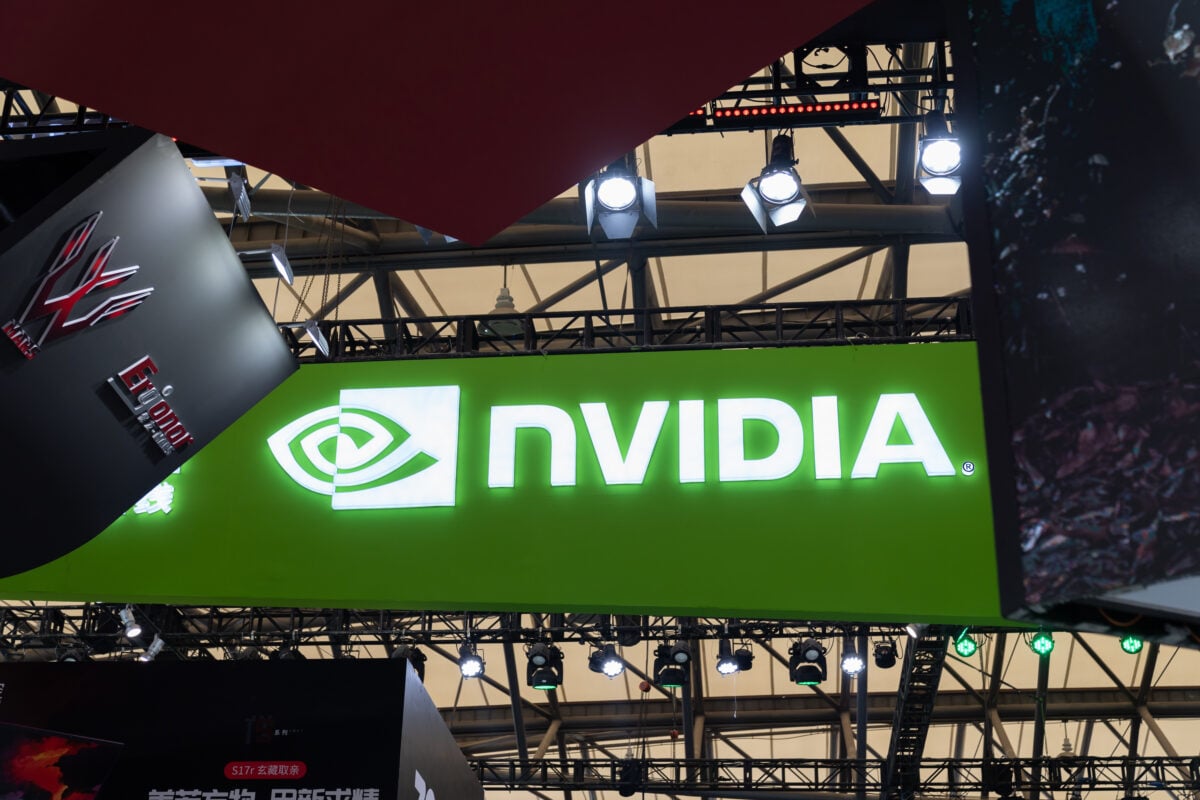TLDRs;
- Nvidia and TSMC produce the first U.S.-made Blackwell AI wafer at TSMC’s Phoenix, Arizona facility.
- The milestone boosts America’s chip supply chain amid growing AI and high-performance computing demand.
- Advanced packaging still occurs in Taiwan, delaying complete U.S. chip independence until at least 2030.
- Nvidia plans to integrate robotics and AI into future U.S. fabs to enhance manufacturing automation and capacity.
In a pivotal moment for the U.S. semiconductor industry, Nvidia and Taiwan Semiconductor Manufacturing Company (TSMC) have successfully produced the first U.S.-made Blackwell AI wafer at TSMC’s state-of-the-art facility in Phoenix, Arizona.
The milestone marks the official start of volume production for Nvidia’s next-generation Blackwell chips, a crucial step in strengthening America’s domestic semiconductor supply chain.
Nvidia CEO Jensen Huang joined TSMC executives at the Arizona facility to commemorate the achievement, underscoring the partnership’s significance in meeting the global surge in demand for high-performance computing and artificial intelligence hardware.
The Arizona fab is part of TSMC’s broader U.S. expansion strategy, designed to produce chips using 2-, 3-, and 4-nanometer processes, including the cutting-edge A16 chips tailored for AI, telecommunications, and supercomputing workloads.
Strengthening U.S. Semiconductor Resilience
For Washington, the collaboration represents progress in its mission to localize semiconductor manufacturing under the CHIPS and Science Act, which incentivizes domestic chip production to reduce dependency on Asian supply chains.
Nvidia and TSMC emphasized that this milestone moves the U.S. closer to self-sufficiency in advanced AI hardware, even as some critical production steps still occur overseas.
“AI is reshaping industries at an unprecedented pace,” said Jensen Huang during the ceremony. “Producing Blackwell chips in the United States is a landmark moment for both Nvidia and the broader semiconductor ecosystem.”
TSMC executives echoed the sentiment, noting that the facility will play a central role in supplying chips for AI data centers and next-generation computing applications, helping the U.S. reclaim technological leadership in advanced manufacturing.
NVIDIA CEO Jensen Huang joined Y.L. Wang, TSMC vice president of operations, and Ray Chuang, CEO of TSMC Arizona, in Phoenix today to celebrate the first NVIDIA Blackwell wafer produced in the United States.
This achievement marks a huge step forward in paving the way for… pic.twitter.com/6fRx55gneR
— NVIDIA Newsroom (@nvidianewsroom) October 17, 2025
Packaging Bottlenecks Remain Overseas
Despite the milestone, full localization of Nvidia’s supply chain remains incomplete. While the wafers are now being fabricated in Arizona, advanced packaging, known as Chip-on-Wafer-on-Substrate (CoWoS-L), still takes place in Taiwan. This packaging process integrates multiple dies and memory layers into final modules essential for AI workloads.
Industry analysts note that TSMC’s lack of U.S.-based CoWoS facilities delays complete supply chain independence. However, plans are already in motion to address that gap. TSMC has signed a Memorandum of Understanding with Amkor Technology, a major outsourced semiconductor assembly and test (OSAT) provider, to establish advanced packaging capabilities in Arizona.
The first packaging lines are expected to come online between 2028 and 2030, incorporating Integrated Fan-Out and System-on-Integrated-Chip (SoIC) technologies. Yet, this timeline means that near-term reliance on Taiwan for final Blackwell assembly will persist for several years.
Future Prospects: U.S. Fabs to Fuel AI Boom
Looking ahead, Nvidia plans to integrate AI, robotics, and digital twin systems into future American manufacturing sites, an effort to automate and optimize chip fabrication processes.
TSMC’s Arizona expansion includes three fabrication plants, with the third phase (Fab 21 P3) set to break ground in 2025. Following that, a dedicated CoWoS-capable site is expected to emerge, enabling advanced packaging on U.S. soil for clients such as Apple, Nvidia, and AMD.
Suppliers of high-bandwidth memory (HBM), CoWoS equipment, and substrate materials are already positioning themselves to capture market share from this expansion. Experts predict that U.S.-based CoWoS output could exceed 100,000 units per month by late 2026, transforming the region into a major AI chip hub.





